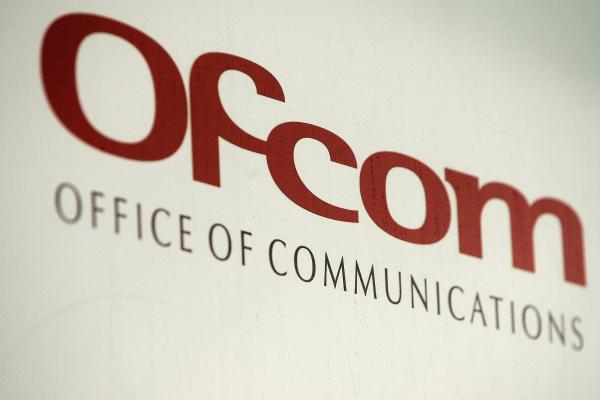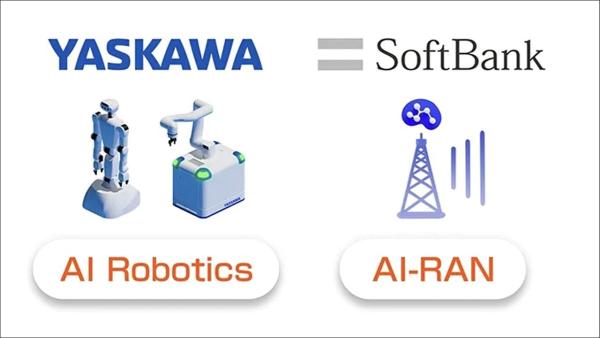Omdia’s latest Competitive Landscape Tool report reveals a downturn in the semiconductor industry, with revenue down 9% from $597.7 billion in 2022 to $544.8 billion in 2023. This decline follows two years of record growth, highlighting the cyclical nature of the semiconductor market.
“The extended upswing that commenced during the COVID era has concluded. Following a surge in semiconductor demand during the pandemic, leading to a market shortage, the situation has reversed. Demand has softened due to macroeconomic factors, while semiconductor component supply has increased,” comments Cliff Leimbach, Senior Research Analyst at Omdia.
In 2023, despite the overall downturn in the semiconductor industry, AI emerged as a significant growth driver in the industry with companies focused on this segment reaping its benefits. NVIDIA has been the clear winner in this space, more than doubling its semiconductor revenue from 2022 to $49 billion in 2023. This achievement is underscored by NVIDIA’s trajectory, as its semiconductor revenue was under $10 billion before the pandemic in 2019. Although the largest benefactor of AI, it’s important to note that NVIDIA is not the only player capitalizing on this trend.
High bandwidth memory (HBM) integrated with GPUs to facilitate AI is also seeing strong demand, with SK Hynix leading this segment and other major memory manufacturers venturing into this space. The memory market had a down year in 2023 overall, while the HBM market exhibited strong growth of 127% year-over-year in terms of 1Gb equivalent units, throughout 2023. Omdia forecasts that HBM is likely to record higher unit growth rates in 2024, ranging between 150-200%, and is expected to lead memory market growth.









